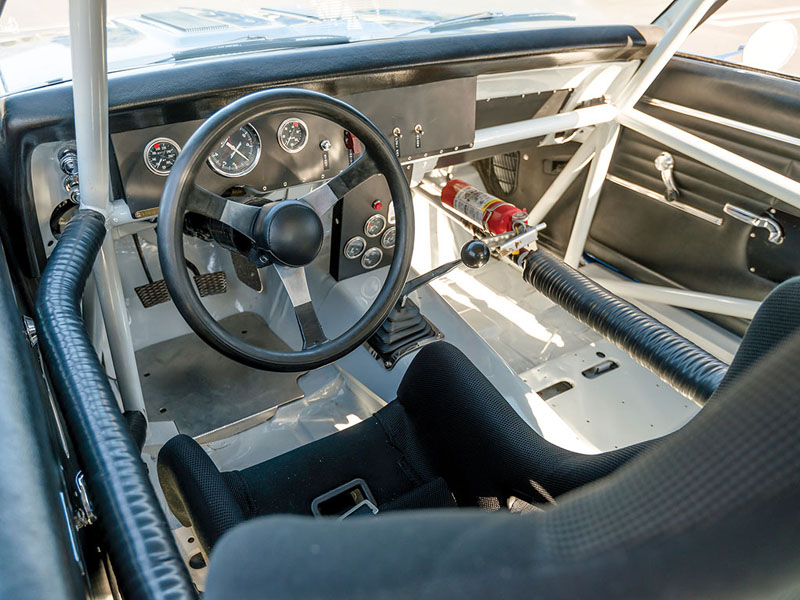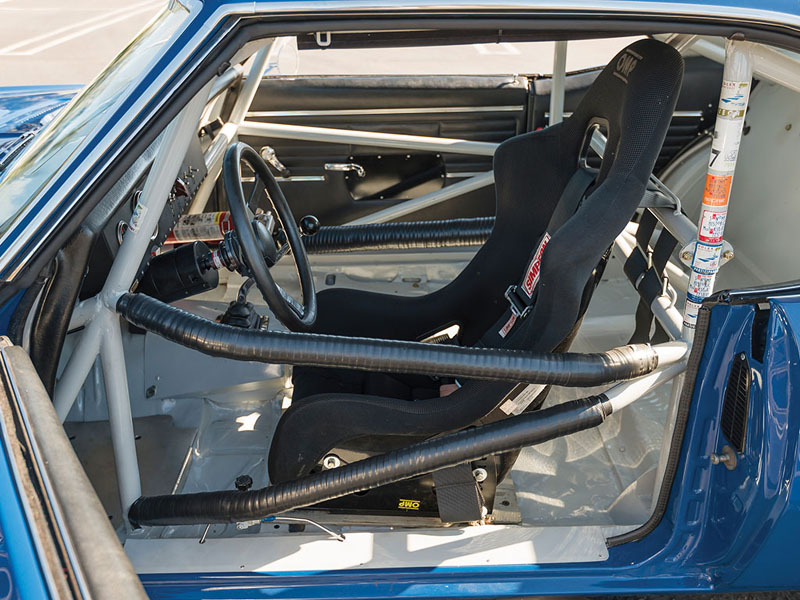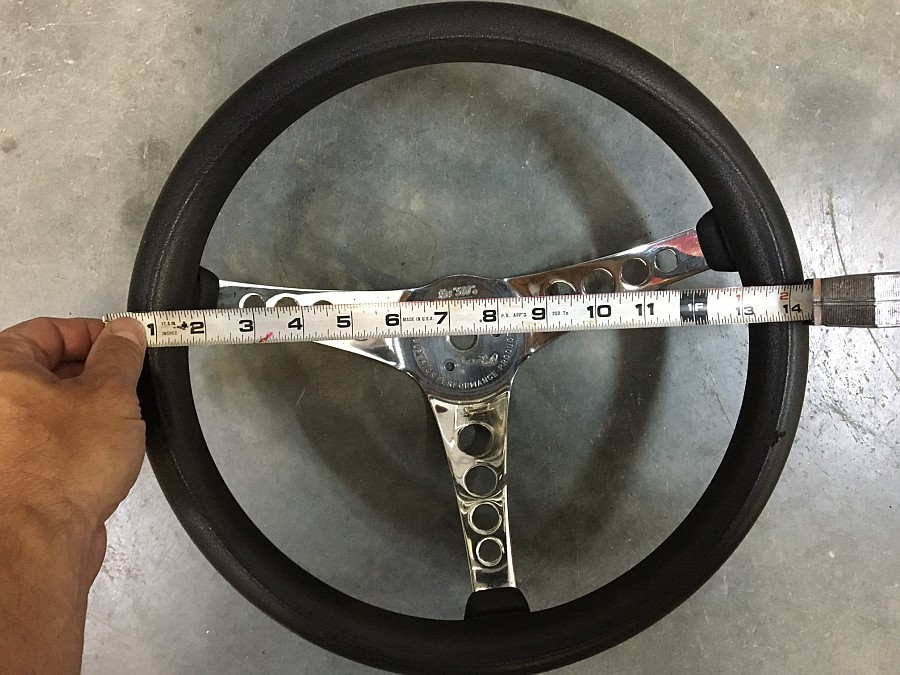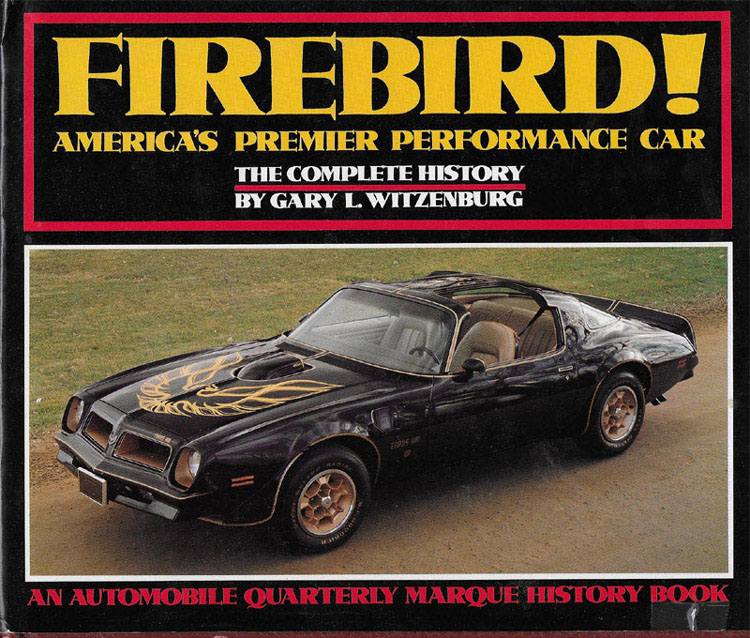Interior:
The interior of my car will have to be a bit of a compromise, as Iíll be building the car for both Appendix K and HMC/HSC, and it needs to be legal in both. Trans-Am cars had a gutted out interior. They had nothing, just a single drivers seat, and very basic dash. Some cars retained the factory dash, others just had a basic dash cluster. Trans-Am cars werenít required to have side windows, nor window winders, arm rests etc. But these are all required in HMC. So Iíll need to fit them. This will add weight to my underpowered car, but I donít have a choice.
Below is a photo of the Gagnon Springs Camaro that became Craig Fisher's Firebird. You can see it does have the door cards and handles, but the dash is a flat sheet of aluminium, while the gauge cluster is an alloy box.

Photo courtesy Camaro Research Group.
Below is a current photo of one of the 1968 Penske Camaros. Although the dash pad is a factory part, the rest of the dash is custom made, and very business-like.


The interior of my car will be a light grey, which was commonly used in most Trans-Am cars of the day, including the Fisher Firebird. Most Trans-Am cars during the late 1960s and early Ď70s had light grey interiors, and this often continued underneath. The reason for this is not clearly known. Iíve asked several people with much greater knowledge on the history of the Trans-Am series than I have, and it appears there are at least three reasons for it.
Firstly, the grey paint helped keep cabin temperatures down, compared to say, black paint. Trans-Am races were long, and while the drivers were tough as hell, the cars had no power steering, and there were no such things as cool suits.
Secondly, having light grey paint allowed any oil leaks to be more easily spotted.
Thirdly, all the factory teams, and many of the well prepared independent teams, heavily acid dipped their body shells to get weight out of the cars. Remember, race cars were only designed to last a season, if that, and longevity wasnít important. So they acid dipped the shells to within an inch of their lives. In the case of the Autodynamics Dodge Challengers from 1970, the shells werenít properly neutralized following the dipping, and they continued to etch. The light grey paint allowed crews to easily spot any cracking where the metal had become too thin and was breaking apart. Dodge Challenger driver Sam Posey relates how his car would actually break apart during races, and he could see the ground racing past as the shell pulled apart around him. Sounds like fun!
I havenít decided yet who Iíll get to build the rollcage. This will happen right towards the end of the build, after most of the fabrication is complete, as the cage will need to be built around items such as the doors handles etc. One of the things I wonít be having are the A-pillar braces that are a common sight in many race car builds these days whereby there is a plate welded in the space between the vehicles inner A-pillars, and the A-pillar section of the cage. The cage needs to look period correct, just like the rest of the car, and not like something from a V8 Supercar. Besides, Iím not sure these A-pillar braces will go down too well with the FIA. Iíve never seen an Appendix K car with these bracing plates, so assume theyíre not allowed.
I asked Chad Raynal what type of steering wheel the Historic Trans-Am guys like to use to create the right period correct look, and he said Superior Performance Products. They come in different shapes and sizes, but he recommended at least 14 inches, and preferably 15 inches, from the outside diameter. These wheels are no longer being produced by are offered fairly regularly on Ebay. Chad also said Iíd need to get one with a foam grip, as opposed to vinyl.
Below is Chadís wheel. Iíll need to keep an eye out on Ebay to get one for myself.






 Reply With Quote
Reply With Quote


